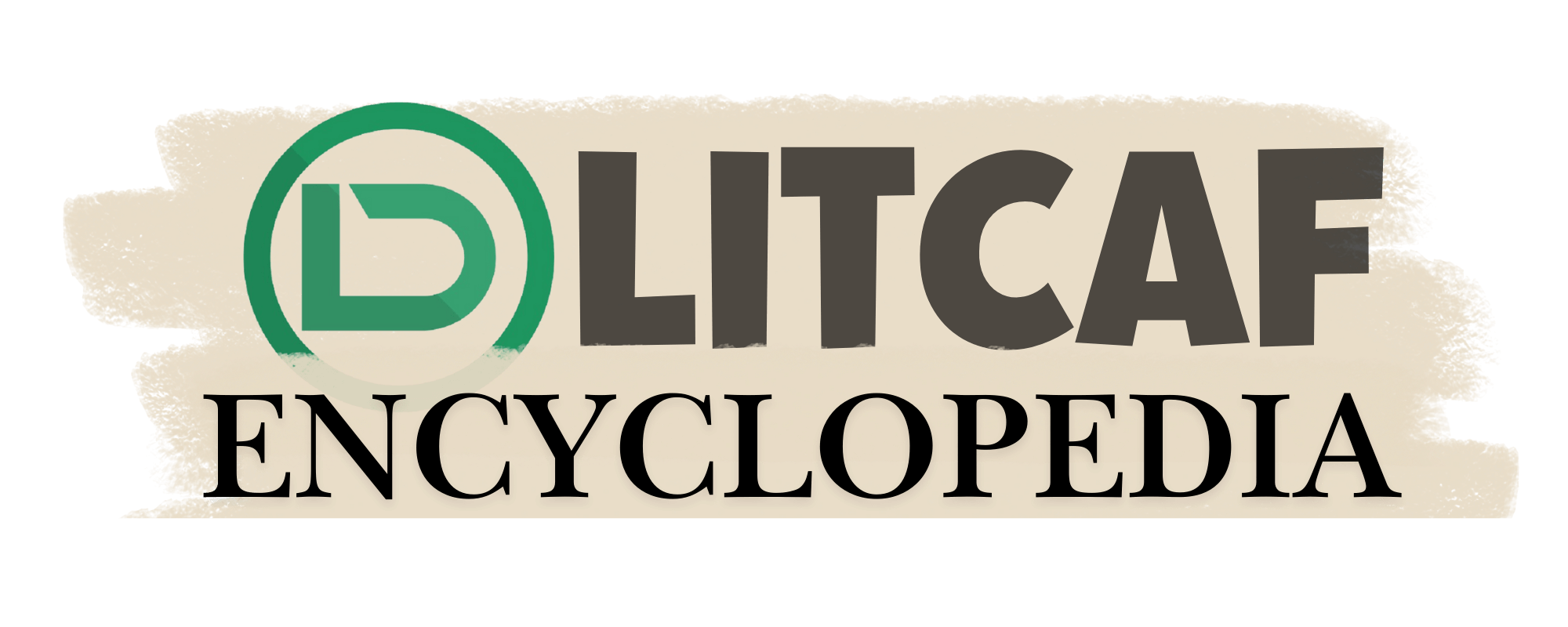
Ilupeju-Ekiti; with a population of 21,000 in the 1963 Census is one of the major towns in Ekiti State and in fact, the largest town in Oye local government area of the state. The town has a unique history, especially as it affects its name. Before 1974, there was no town known or recognised officially as Ilupeju-Ekiti in the Old Western state. What became known as llupeju-Ekiti is the merger of two towns, Egosi and Iseta, which until then, were two separate and autonomous entities. It was in 1974 that the yearnings of the elites of the two towns, which understood the importance of unity and population strength yis-a-vis development, became a reality. The defunct Western State gave approval to their merger and expressed this in the government gazette.
Like other Yoruba towns, the people of Egosi and Eseta trace their common source to Ile-Ife. Under a leader known as Akingbade, one of the 13 sons of Olukosi, a crowned Prince of Ife, they migrated from Ile-Ife between 9th and 10th century AD. They were said to have settled first at Ikogosi for about three centuries. Consequent upon inter-tribal wars, they were forced to move again to Odo-Ora, from where they finally settled around two hills called Oroya and Ejia as splinter groups. The smaller groups that settled around Eja were to be known as Eseta while the larger groups around Oroya were called Egosi. They were to remain as a conglomeration of hamlets around Oroya and Ejia until the colonial powers stamped their authority on the area with a motorable road. However, due to the hilly nature of the areas, it was not possible to link all the settlements with motorable roads. The newly constructed road was however catalytic as it brought about resettlement of the people.
Between 1938 and 1940, some hamlets around Oroya viz; Ewo, Okeji Egbemeta, Ikero, Araromi, Odu-Oganand Ila, resettled around the road which was close to the other settlements around Ejia. Thus the two towns became more compact to the extent tha t it was difficult to determine where Egosi or Eseta began or ended on their supposed common border. In other words, there was no distinct physical boundary. The only strong source of socio-economic interaction between the two towns was their highly revered market, known as “Menara” which was the second to the largest in the whole of the defunct Ondo Province. However, in spite of their common origin and physical compactness, they, were regarded and treated as two distinct towns. This denied them of necessary progress and developments. The elite in the two towns began to think of unification (or rather re-unification). In 1970, the ghost of centrifugal forces, which had hitherto sustained the town as two distinct entities, was finally laid to rest and the defunct Western State sanctioned it in its gazette in 1974. Hence the emergence of the town now called llupeju-Ekiti out of the demise of Egosi and Eseta.
Both Egosi and Eseta had been having seperate obas before the merger. Then came a single Oba now known as the Apeju of Ilupeju Ekiti. The reunification efforts of the people was crowned by the ascension to the throne of a young prince from the ruling house in Eseta. The people of the town evolved a strife-proof system of ascension to the throne of Apeju. The stool is rotational between the ruling houses of the former towns. When a reigning Apeju is from one; the High Chief Obanla will come from the other. In the event of the death of the Apeju, High Chief Obanla, second in line of traditional ranking automatically becomes the Apeju[i].
[i] Weekend Sketch, November 18, 1995
